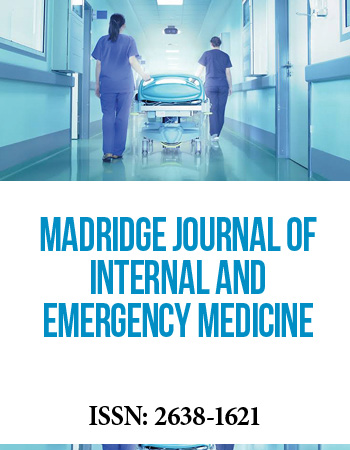International Translational and Regenerative Medicine Conference
April 25-27, 2018 | Rome, Italy
Soluble Receptor for Advanced Glycation End Products (sRAGE) as Potential Biomarker for Diabetic Retinopathy and Chronic Kidney Disease
1Department of Biomedical Science, University of Malaya, Malaysia
2School of Biosciences, University of Nottingham, Malaysia
The global prevalence of Type 2 diabetes (T2D) which often leads to dire complications has increased significantly and 17.5% of adult population in Malaysia has T2D. Receptor for advanced glycation end-products (RAGE) is a multi-ligand, cell-surface receptor, which has been widely investigated for its role in the pathogenesis of complications with or without diabetic origin. RAGE also exists as other isoforms which include soluble RAGE (sRAGE) which acts as a decoy receptor that circumvents signal transduction originating from RAGE-ligand binding. Assessment of the levels of sRAGE and oxidative indices in diabetic patients with and/or without diabetic retinopathy (DR) or chronic kidney disease (CKD) and healthy control revealed mixed results. The soluble RAGE level of the patients with DR was significantly higher than healthy controls. Both sRAGE and pentosidine (an oxidative glycation marker) were significantly correlated with diabetes duration. The sRAGE/pentosidine was lower in patients with DR than the healthy controls. Logistic regression analysis revealed positive correlation between sRAGE/pentosidine ratio and the severity of DR and thus, it could serve as a biochemical tool for monitoring the progression of DR. Diabetic patients had significantly higher sRAGE levels in the presence of CKD or DR than in the absence of complications. However, the correlation between sRAGE and renal function in non-diabetic CKD was confounded by other factors but remained highly significant in diabetic CKD even after the adjustment of the potential confounding factors thus, serving as a more convincing indicator of the latter. These findings suggest that sRAGE can serve as a potential biomarker of DR and diabetic CKD. In view of the significant correlations between sRAGE and the severity of these complications, sRAGE could also serve as a tool for monitoring the progression of these complications.
Biography:
Dr. Umah Rani Kuppusamy is the Head of the Department of Biomedical Science, Faculty of Medicine, University of Malaya. She obtained her PhD in Biochemistry from the National University of Singapore in 1994. Her research interest revolves around free radicals, antioxidants and oxidative stress in diseases with predominant focus on the etiology and complications of diabetes, obesity and mechanism of action of micronutrients on oxidative stress. She has more than 80 publications in ISI-ranked journals, 130 conference papers, medals and awards and several patents to her credit.


